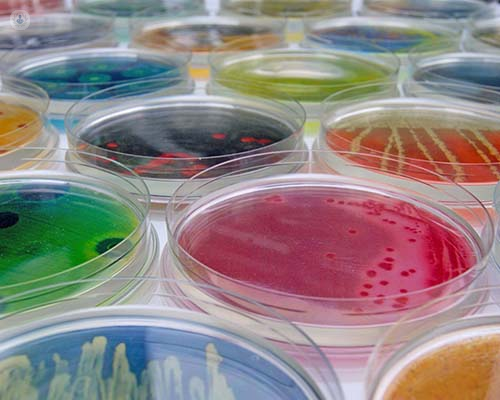Regenerative medicine is a form of medicine that aims to replace, or engineer tissues, cells, and organs rather than treating the symptoms of the condition, trauma, or disease. Regenerative medicine focuses on molecular biology, and stem cell research and artificial organs to stimulate the body’s repair systems to effectively heal tissue and organs that is not usually repairable.

Different types of regenerative medicine
Stem cells used for repair
- Stem cells are one way that the body repairs itself. Using stem cells harvested from the body, they can be injected into an area of diseased or damaged tissue. The tissue may then be able to reconstruct under the right circumstances.
- Further study and progress is being made in understanding how embryonic stem cells, which are able to transform into any kind of cell, can be used to help organs, nerve cells, muscle cells, tissue, blood, and other cells to regenerate and replace damaged or diseased cells. Regeneration already occurs in some animals, such as the zebrafish and the axolotl.
Stem cell therapy
- Stem cells are found in the bone marrow, where they are traditionally harvested from, but new techniques allow the stem cells to be released into the blood using a blood hormone, allowing them to be collected from the blood.
- As explained in the previous point, these stem cells can be used to cure a wide range of diseases and genetic disorders, such as leukaemia, Parkinson’s disease, Alzheimer’s, multiple sclerosis, diabetes, arthritis, etc. by replacing the damaged cells.
Organ growth and replacement
- In patients with failed organs, the usual procedure is to transplant a replacement organ from a donor patient. Regenerative medicine also includes the possibility of growing tissue or organs in a laboratory to be implanted into the patient. Cells can be taken from the patient to grow tissue and organ cells, and can solve the problem of a shortage of donor organs.
Biomaterials and tissue engineering
- This field of regenerative medicine involves implanting biologically compatible scaffolds to allow new tissue to be formed. The scaffold attracts nearby cells to form on the scaffold, aiding the formation of tissue in the desired shape and structure. This is a relatively new field of study, with new developments being made all the time.


